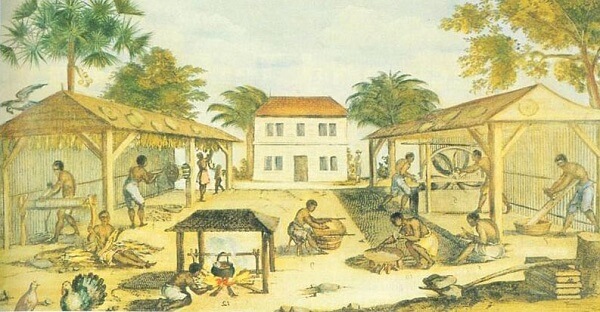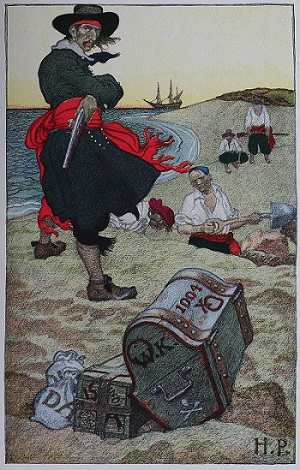 A History of the United States and its People
A History of the United States
A History of the United States and its People
A History of the United States



 A History of the United States and its People
A History of the United States
A History of the United States and its People
A History of the United States

Study the chapter for one week.
Over the week:
Activity 1: Narrate the Chapter
Activity 2: Study the Chapter Picture
Study the chapter picture, 'Captain Kidd Burying Treasure' by Howard Pyle and find the following:

Activity 3: Map the Chapter
Find two of the countries mentioned in the chapter: India (spices) and Peru (gold and silver).

Activity 4: Play the State Capital Cities Game
Activity 5: Complete Copywork, Narration, Dictation, and Mapwork
